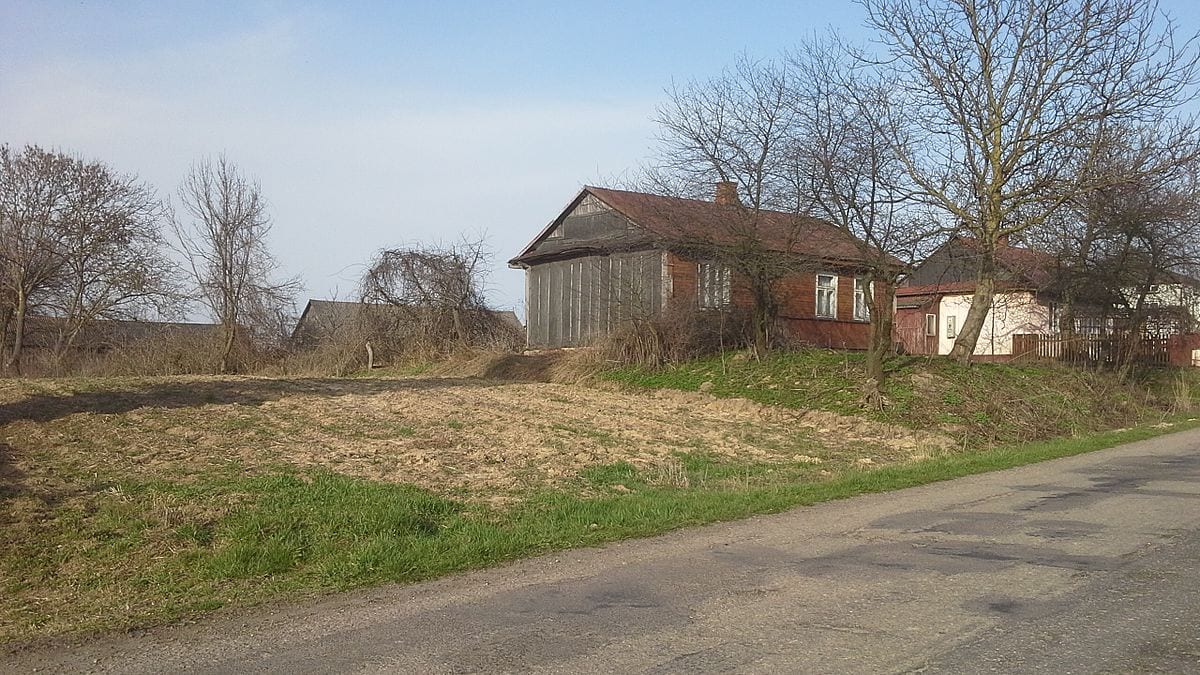Aarle test pit excavation in 2019 – background
Aarle now lies within Best, a mostly modern village of approximately 29,800 inhabitants which developed as an agglomeration of formerly separate hamlets sited along a main road connecting a marshland area in the north to extensive heathlands in the south. Administratively, these settlements used to be part of Oirschot, but in 1821, Aarle, Naastenbest, Verrenbest… Read more Aarle test pit excavation in 2019 – background


